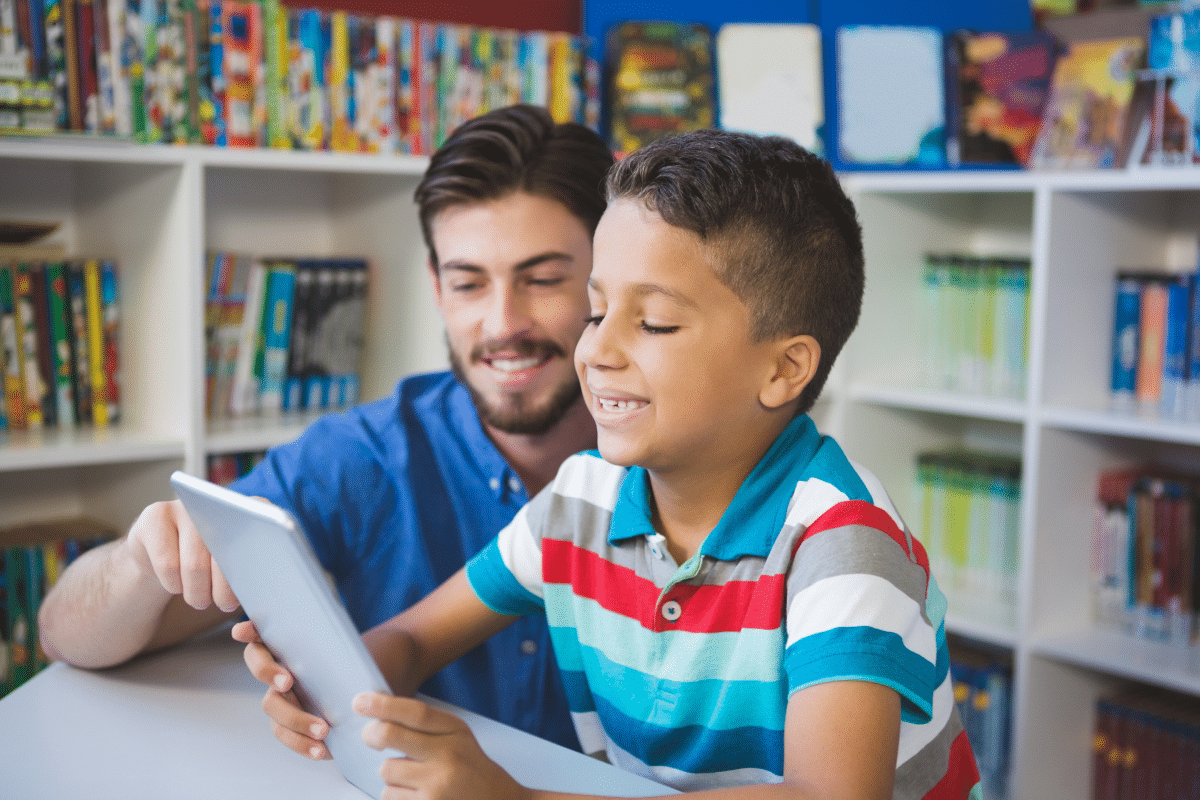Integrating the Things that Worked
The emergency shift to remote learning, due to school closures in response to COVID-19, forced districts to use tech to support online learning in ways, and in the immediacy, they never thought possible.
Now a year later, Lightspeed Systems had the opportunity to meet with Steven Langford, Chief Information Officer for the Beaverton School District in Beaverton, Oregon, to learn more about his district’s response to the COVID-19 pandemic, lessons learned, new innovations implemented to ensure staff, parent, and student success, learning loss recovery, and his outlook of “the new normal” as his school district opens their doors for in-person learning.
Was your district prepared for the shift from in-person to virtual learning?
In March 2020, when the COVID-19 pandemic caused schools to close, my district saw an explosion in the number of technology tools used as we jumped from in-person learning to 100% remote instruction in a matter of days. Thousands of schools did. Teachers became remote online instructors and facilitators overnight, while parents and caregivers became “principals” of the schools in their homes.
When it comes to technology, our district was fortunate. Following a 2014 bond vote we were able to deliver 1:1 technology for every K-12 student. Grades six through 12 were even able to take their devices home. We had a reliable and well-established technology management program in place five years before the pandemic.
The pandemic forced education forward technologically. Before the pandemic no one thought this was possible. What did your district do to ensure you were successful through this shift?
In the spring of 2020, our district launched a technology help desk all envisioned in about five days. It was tough, but it was necessary in response to the pandemic. We had to rethink what was possible. That thinking has opened the door to a whole new set of educational modes. It also provided an opportunity for parents to see their child learning in ways that they’d never seen before. The traditional school model was changing before their eyes.
We have great analytics tools from our Lightspeed Systems that enable us to look at the data to see who has used what and how often. We have to become laser focused on technology governance by taking a universe of devices and apps and shrinking things down to those most aligned with curriculum and vetted for privacy. We can now make real decisions about which technology tools are working. We can eliminate redundancies and stop wasting tech budget dollars. We’re shrinking that tech universe to make sure we keep the tools we actually need.
The bottom line — we’ve got to make this easier so that we can remain engaged and support our students, no matter what.
We know remote learning was difficult for some students in terms of social emotional learning and learning loss. How does summer school look different this year?
Already we’re seeing a record number of students registering for summer school to get caught up. Remote learning will help ensure that every summer school student’s needs are met. During the shutdown we created a virtual school, and we’ve heard from parents that this option worked well for their kids, so we’re keeping it in place. Going forward, we can engage parents on the six or eight or ten apps’ students need to work with. Parents should no longer feel overwhelmed with how many school apps their child is using. With that, we’re also going to provide support, and a help desk to assist them.
With the push for schools to open their doors and return to normal, what does Back to School look like for your district this fall?
With the reopening of schools, there’s a temptation to return to what we had before. There’s comfort in the idea of returning to what we had before. When people hear we’re going back to in-person instruction in the fall, most parents, teachers, administrators, and students feel relieved and reassured. But if we literally go back — if we turn back the clock to 2019 — we lose out on a unique opportunity to create something new. We’re going to make education better. And to do that, we need to look back objectively and evaluate what we were doing before the pandemic that worked. We also need to look at what went well with our response to the pandemic in terms of technology, delivery options, and instructional settings.
Even with almost every school district returning to in-person learning this fall, we don’t know if a coronavirus variant will push us back into remote learning. We need to recognize that possibility. But to be ready for such an event doesn’t mean going backwards. It means moving forward. Moving on with a plan that takes the prior learning options, what we did well for dynamic learning offerings in a remote setting, and combines them to create something new, adaptable, and flexible. Something better.
Want to hear more from Steve?
You can watch the on-demand webinar, Returning to Normal: What “Back to School” Really Means.

